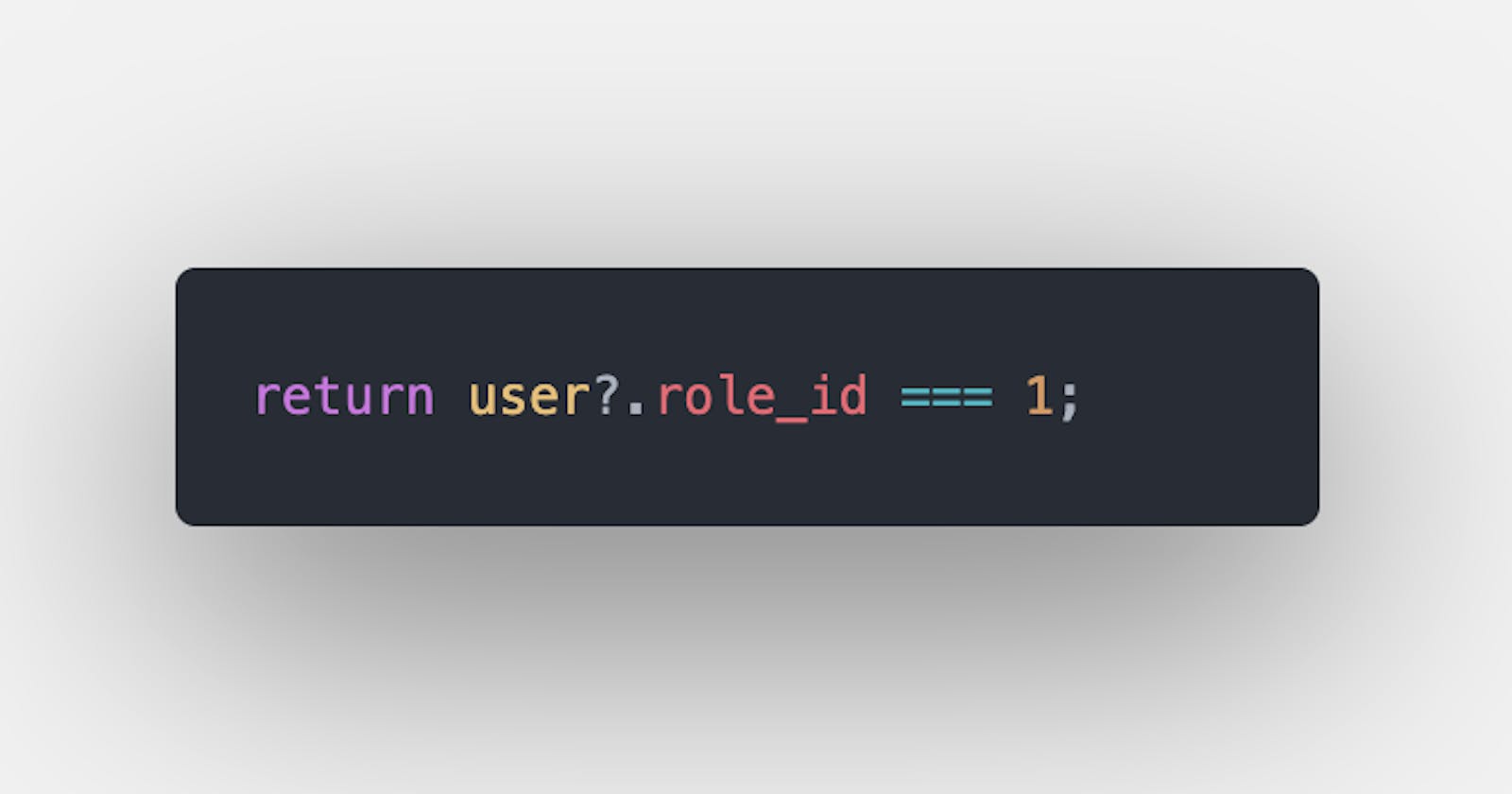Ever encountered an error of the sort?
Cannot read property 'colour' of undefined
In this case, you probably expected an object, yourObjectName to have a colour property. So you went ahead to make use of it this way:
if (yourObjectName.colour === 'blue') {
return 'Blue is cool';
}
Somehow, yourObjectName was undefined and the error, Cannot read property 'colour' of undefined was thrown to you.
You might want to make a check before making use of the colour property:
if (yourObjectName && yourObjectName.colour === 'blue') {
return 'Blue is cool';
}
But this could be done in a much simpler and less verbose way using the JavaScript optional chaining operator (?.):
if (yourObjectName?.colour === 'blue') {
return 'Blue is cool';
}
Notice any difference? Not much right?
The optional chaining operator (?.) enables you to read the value of a property located deep within a chain of connected objects without having to check that each reference in the chain is valid.
It's a much simpler approach for making checks in situations like this.
Thanks for your time. Also, this is my first article 😊, please do well show some love by reacting to this article and following me.
I'll be making future posts like this on JavaScript and PHP (Laravel) and tech-related kinds of stuff. Maybe posts on other languages might follow as time goes by.
You can read more about the optional chaining operator in the official MDN Web Docs.

